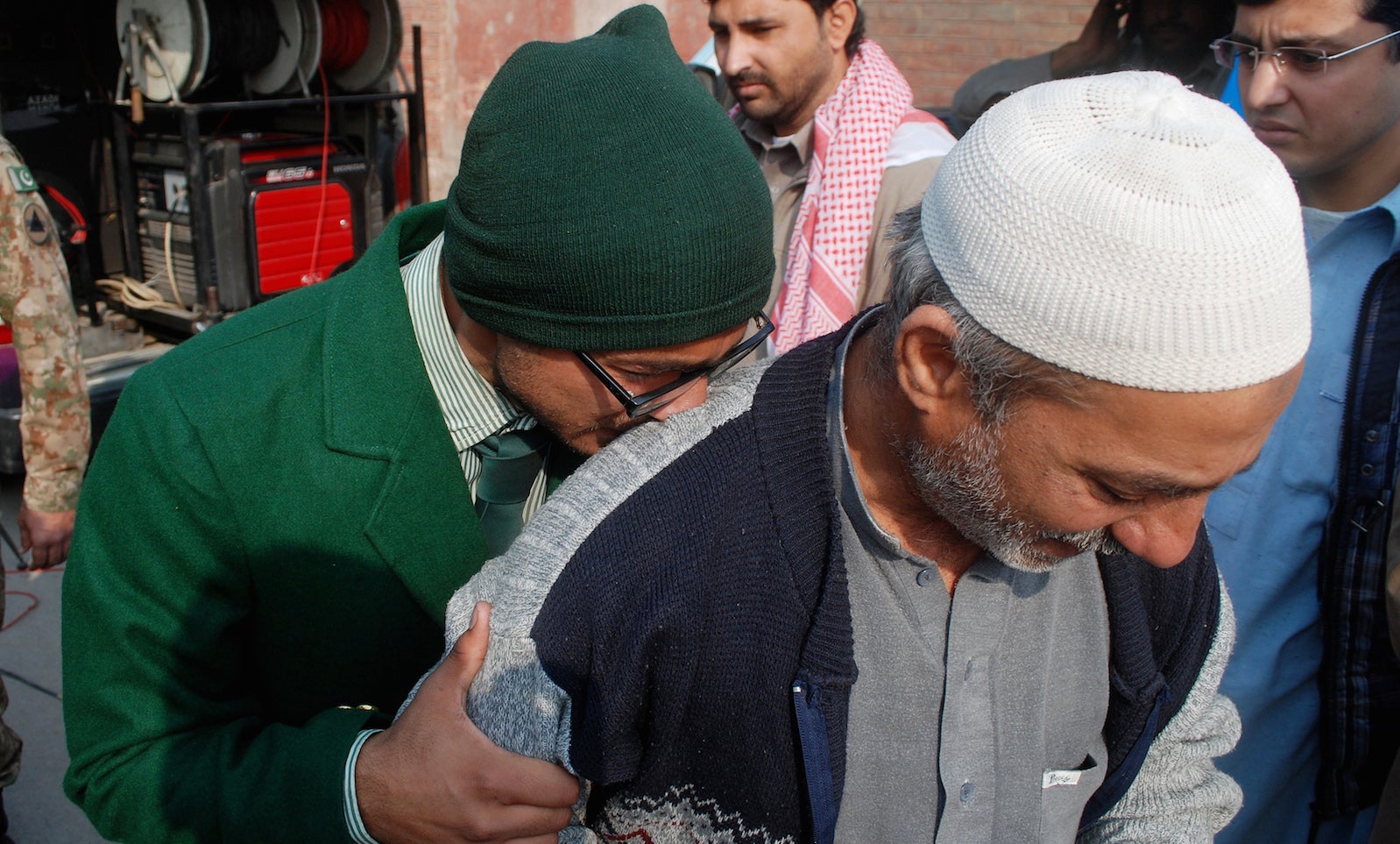Between the Taliban and ghost schools, an entire generation in Pakistan is being lost
Tuesday’s attack in Peshawar wasn’t just an ordinary terrorist attack; it was an attack on our children, and their right to an education.


Tuesday’s attack in Peshawar wasn’t just an ordinary terrorist attack; it was an attack on our children, and their right to an education.
I teach at the largest university in Pakistan, and the day after the Peshawar massacre, the campus wore a deserted look. My email inbox was full of invites to candlelight vigils, and prayers for the departed souls.
But such attacks are not new to Pakistan. There were at least 838 militant attacks reported on schools in Pakistan between 2009 and 2012. This is more than any other country in the world.
Earlier this year, fourteen-year-old Aitzaz Hasan sacrificed himself to save his friends by jumping on a suicide bomber who tried to enter his school; he forfeited his life and saved hundreds of his schoolmates. In 2012, Malala Yousafzai was shot in the head when she was 15 by the Taliban, for promoting education for women. But these are just incidents that appeared in international media.
Our future is under attack, being destroyed right in front of our eyes.
A large majority, around 60%, of our young people don’t have access to basic education. And these attacks deter those who want an education from going to school—and those who want to teach, from teaching.
Pakistan’s ghost schools
Our horrible education system is one the biggest reasons why the country is in such a mess today.
Public schools in Pakistan are poorly funded and lack basic facilities or trained teachers.
According to Ailaf Ailaan, an education advocacy group, most of the education budget allocated in the federation and provinces goes into the maintenance of ghost schools.
There are as many as 460 ghost schools in Punjab alone. These ghost schools are defined by the Supreme Court of Pakistan as “structures built for education, but not used for that purpose.”
In other words, schools without students.
Teachers continue to draw salaries, while the buildings are occupied by animals, police or Pakistan’s paramilitary force. The reasons behind these ghost schools range from lack of qualified teaching staff to insufficient finances.
In more rural areas, children don’t have access to any kind of a school. In the district of Matiari in Sindh, for example, there are over 60,000 children without access to formal education.
Shockingly, instead of increasing the education budget this year, the government decreased it from 2.5% of the GDP to two percent. If the government is serious about education reform, it needs to allocate more money for education, and better prioritize the money that is currently available.
Pakistan does have excellent private schools, but those are only accessible to the country’s elite or less than 5% of the population. Most middle-class families rely on the poorly-run public school system to educate their kids.
And the poor can’t afford to send their kids anywhere except to a madrassa, a religious school, mostly funded by the Saudis to brainwash those who attend with a rigid, twisted version of Islam.
It is this kind of training that breeds terrorism—and it needs to stop.